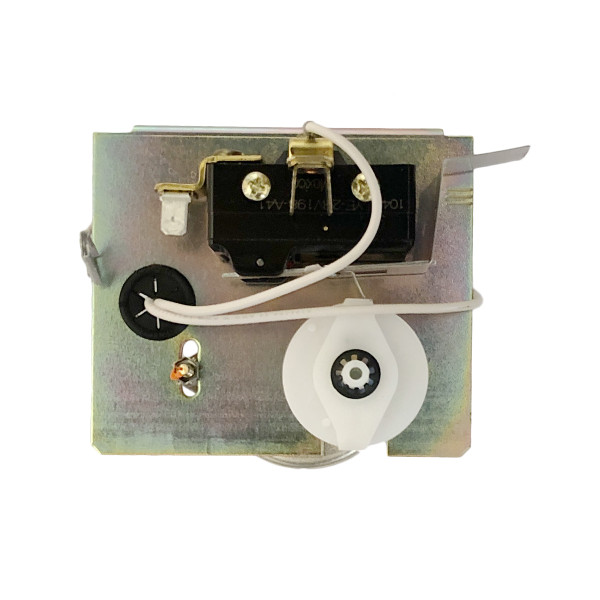Looking for a small 110-120 v AC motor that is Low RPM and would start, then rotate only 1 or 2 revs then stop.
(1 rev would be probably be ideal)
By Low, I mean 1 to 4 rpm or in that range.
A simple push-button switch would initiate the cycle.
I'm trying to avoid latching relays and limit switches, but can go that way if need be.
I've looked on Surplus Center's site; not seeing any.
Anything out there ?
TIA
gatz
(1 rev would be probably be ideal)
By Low, I mean 1 to 4 rpm or in that range.
A simple push-button switch would initiate the cycle.
I'm trying to avoid latching relays and limit switches, but can go that way if need be.
I've looked on Surplus Center's site; not seeing any.
Anything out there ?
TIA
gatz



